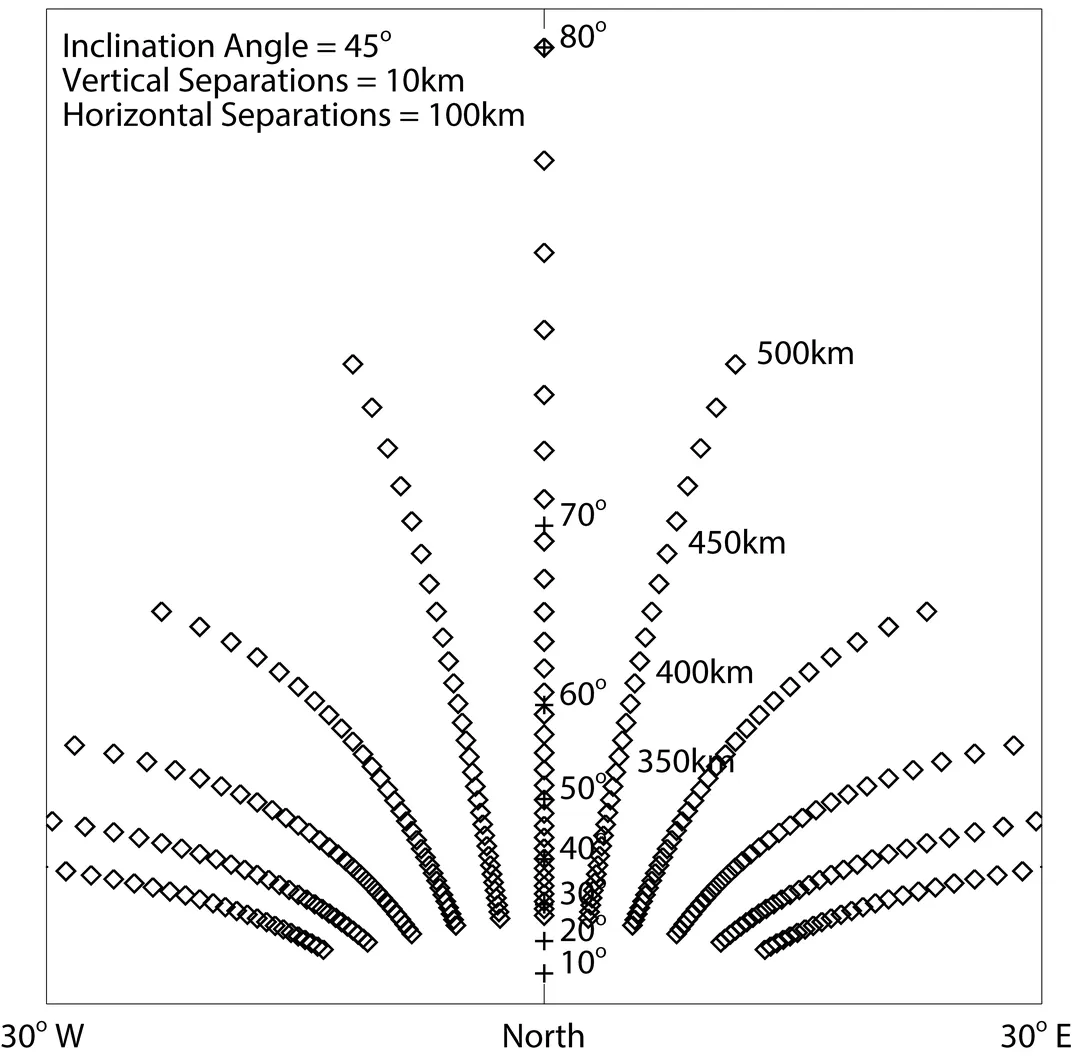Using 18th-Century Writings and Illustrations, Scientists Model an Ancient Magnetic Storm
The vibrant aurora lit up the night sky over the city of Kyoto, Japan, some 250 years ago
/https://tf-cmsv2-smithsonianmag-media.s3.amazonaws.com/filer/eb/6d/eb6de480-dcfd-4cc5-bf2c-edb132a1b8b0/152219.jpg)
"The red clouds covered half of the northern sky, encroaching on the Milky Way," reads a diary entry from the 18th century, chronicling a stunning cosmic spectacle that lit up the night sky over the city of Kyoto, Japan, some 250 years ago.
Further descriptions of this event, along with vivid images showing streaks in the sky, have now allowed Japanese scientists to model an ancient magnetic storm that took place on September 17, 1770, The Mainichi reports.
“The enthusiasm and dedication of amateur astronomers in the past provides us an exciting opportunity,” Kiyomi Iwahashi of the National Institute of Japanese Literature says in a statement.
Using calculations of the position of the Milky Way and the stars on that night 250 years ago as a reference, the artifacts provided crucial clues for scientists and scholars to create a detailed model of the aurora that lit up the Japanese night sky. The research appeared in an article published last month in the journal Space Weather, reports Brooks Hays for UPI.

Outside of the poles, auroras on Earth are usually the result of large solar storms impacting on the planet's magnetic field. This radiation from the Sun scatters charged particles in the Earth's magnetosphere, forcing them into the atmosphere where their energy dissipates in colorful bursts.
These displays can be stunningly beautiful, but in our electrified age, they can also be hazardous. Large solar storms have the potential to inflict severe damage on the planet's power grid and the satellites orbiting us that are used for GPS, communications and observation.
Indeed, a storm big enough to cause the 1770 aurora could have been devastating today, reports Natasha Frost for Atlas Obscura. A solar storm in 1859, the largest ever observed, severely disrupted budding telegraph communications across Europe and North America, and this 1770 aurora was potentially up to 7 percent larger.
As researcher Ryuho Kataoka of the National Institute of Polar Research put it in a statement about the model: “It was lucky for us that the 1770 storm predated our reliance on electricity."